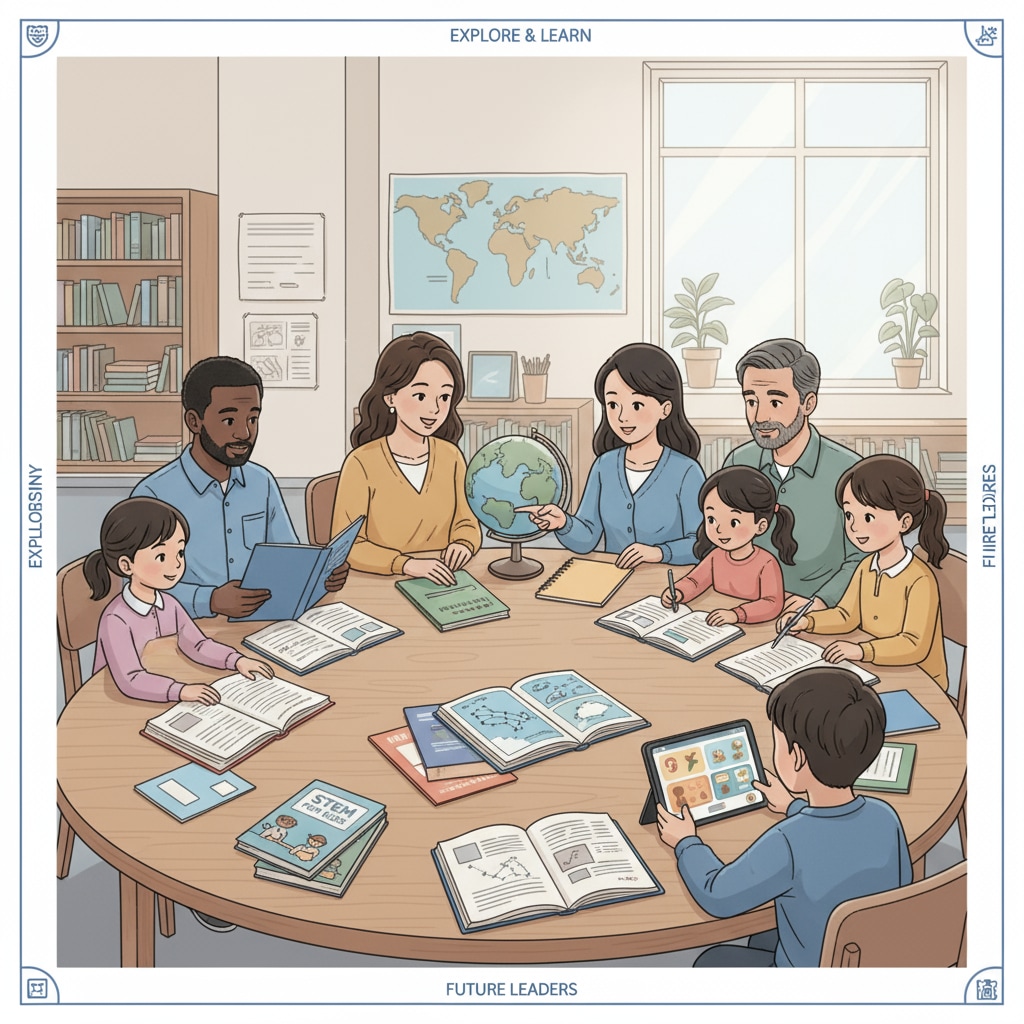The discussions surrounding non-white parents, education curricula, and the existing incompleteness in the US education system are of great significance. In the K12 education context, the voices and experiences of non-white parents are frequently sidelined. This article aims to shed light on these overlooked aspects and explore potential solutions.

The Underrepresentation of Non-White Parents’ Views
Non-white parents often find themselves in a position where their perspectives on education curricula are not fully considered. Cultural differences play a major role here. For example, different ethnic groups may have unique values and beliefs about what constitutes a well-rounded education. According to Multicultural education on Wikipedia, multicultural education aims to incorporate diverse cultural perspectives, but in practice, the voices of non-white parents are not always heard. These parents may desire curricula that better reflect their cultural heritage, but such requests often go unaddressed.
Systemic Barriers to Parental Involvement
There are systemic barriers that contribute to the incomplete discussions between non-white parents and education curricula. Language can be a significant hurdle. Many non-white parents may not be fluent in English, which makes it difficult for them to engage fully in school-related discussions about the curriculum. Additionally, socioeconomic factors come into play. Lower-income non-white families may face challenges such as lack of time due to long working hours or financial constraints that prevent them from actively participating. As a result, their input into the educational curriculum remains limited.

Another aspect is the lack of proper communication channels between schools and non-white parents. Schools often fail to create inclusive environments that encourage these parents to share their thoughts. This further exacerbates the problem of incomplete discussions, hindering the potential for a more comprehensive and inclusive education curriculum.
To address these issues, it is crucial to implement strategies that promote better communication and understanding. Schools can provide language translation services and hold workshops to educate non-white parents about the curriculum. By doing so, they can bridge the gap and ensure that the voices of all parents, regardless of their ethnicity, are heard. As we move forward, creating a more inclusive K12 education environment that values the input of non-white parents is essential for educational equity and the overall development of students.
Readability guidance: The article uses short paragraphs to clearly present ideas. Each H2 section provides key points related to the main topic. Passive voice is minimized, and transition words like ‘for example’, ‘additionally’, and ‘as a result’ are used to enhance the flow of the text.


